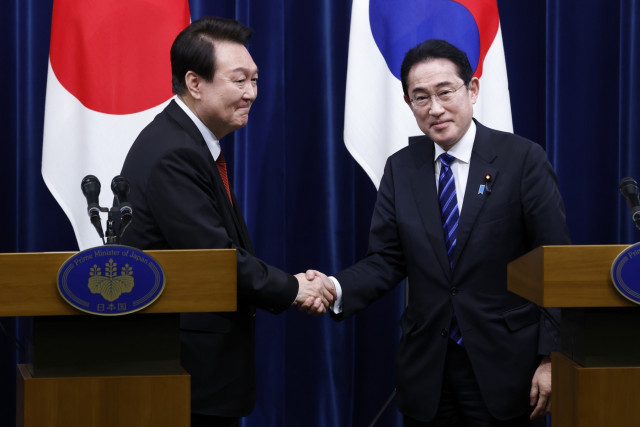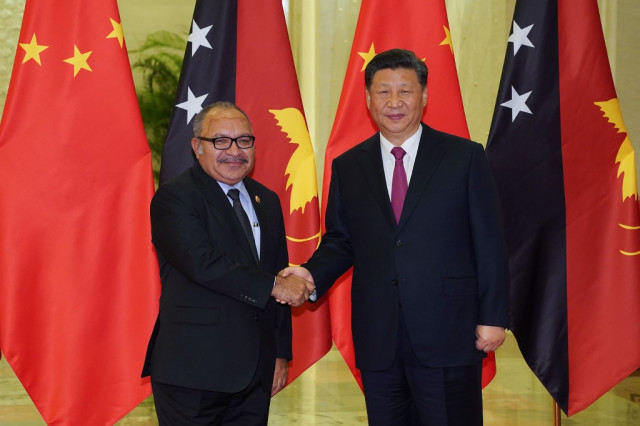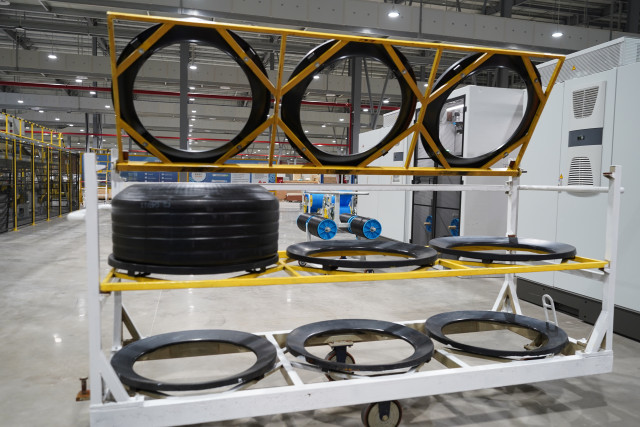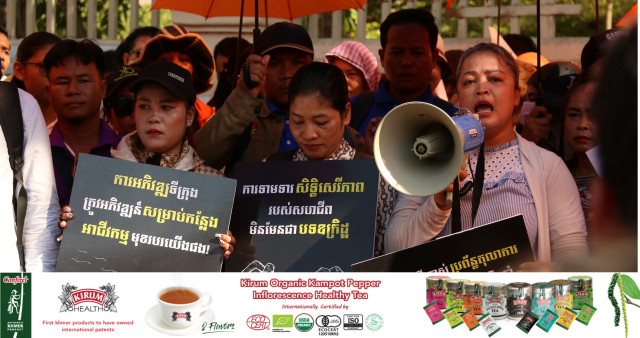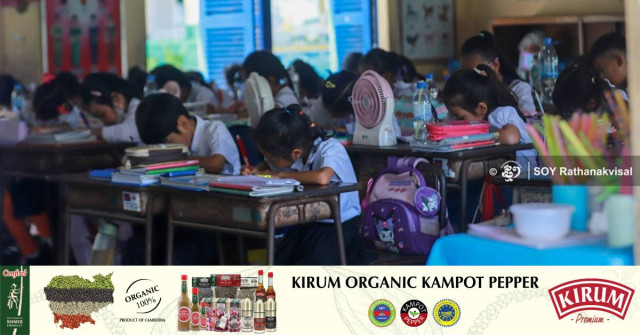A Duty to Thank Everyone Behind the Monuments
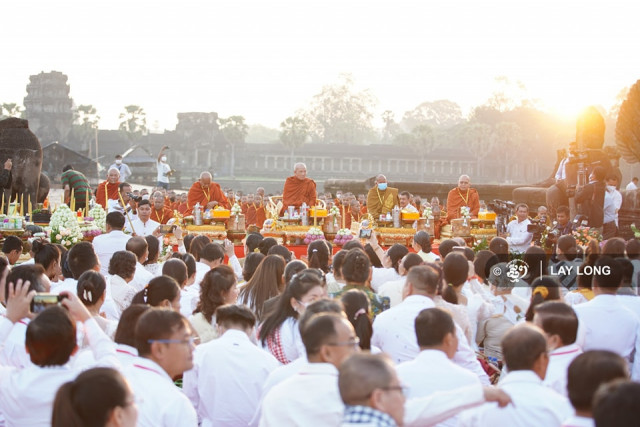
- By Uth Raksmey
- December 14, 2022 7:00 PM
SIEM REAP – The Angkor Thanksgiving Ceremony is conducted every year to pay respect and show gratitude to all involved in the construction, preservation and protection of the Angkor Park since its inception.
The APSARA National Authority and related entities have chosen December 14 for the ceremony. It also marks the 30th anniversary of the Angkor Park inclusion on UNESCO's World Heritage List.
On the temple mountain of Bakheng, Hang Peou, general director of the APSARA National Authority, speaks of the purpose of the ceremony.

Uth Raksmey: In 2021, the APSARA National Authority had celebrated the Angkor Thanksgiving Ceremony and the same goes to this year. Can you please explain the reason behind this celebration?
Hang Peou: This is an answer we want to share with the public. In our tradition, we rarely ignore the thanksgiving celebration for our family members.
We do not conduct this particular celebration just for the temples, but also the efforts of the previous kings, the builders and the preservers throughout all those times. Without this preservation, things would not last long enough for us to see.
In this sense, we try to show our gratitude from the highest level of officials to the ordinary workers. We mostly mention the kings. Of course, we have to acknowledge their wisdom in doing so. However, the kings also need many other experts when constructing a temple. That is why we carry out a ceremony to thank all of them. For me, this is like a duty for the newer generation.
_1671013058.png)
Uth Raksmey: What are the agendas for the event?
Hang Peou: Before I jump into the agenda, I would like to share with you something about the place in which we are standing right now. Behind me is the Bakheng temple.
This used to be the centre point of the city and if we stand facing east, we will see an ancient route which leads to the former ancient city of Rolous. This is an important moment in the creation of the Angkor region back to the 9th century AD.
Here, we can see sculptures ranging from Hinduism to Buddhism. With its location, it is also a link between one city and another.
If we travel North from the Angkor Wat’s main entrance and turn right once we reach Bakheng temple, we can see an ancient route accompanied by ponds and a hill. This was that hill when the last ceremony was held and that ceremony was Buddhist.
That is why we want to continue this. This celebration combines all the aspects such as the temple, the mountain and the infrastructure that has been involved since the 9th century.
In the morning, we conduct the religious ceremony and there are different kinds. We pick December 14th, the date when Angkor Park was enlisted as UNESCO’s World Heritage, to be the day of thanksgiving.
However, the ceremony can be conducted one week prior or after this day according to the practical situation of that year. Nevertheless, we want it to be done annually. Buddhism teaches us to continue making good deeds with commitment.
After the religious ceremony in the morning, our partners, in this case the US, will make a presentation in the form of an exhibition that allows people and tourists to know what has been done in the Angkor Park.
Angkor is the biggest world’s heritage site globally and it has the largest number of construction sites by international partners. In the evening, we will have formal events such as performance, tangible and intangible. Regardless if they are enlisted into the world heritage list or not, we will conduct these performances for tourists to understand the diversity of the Khmer culture. For years to come, we will try to celebrate within this kind of format.
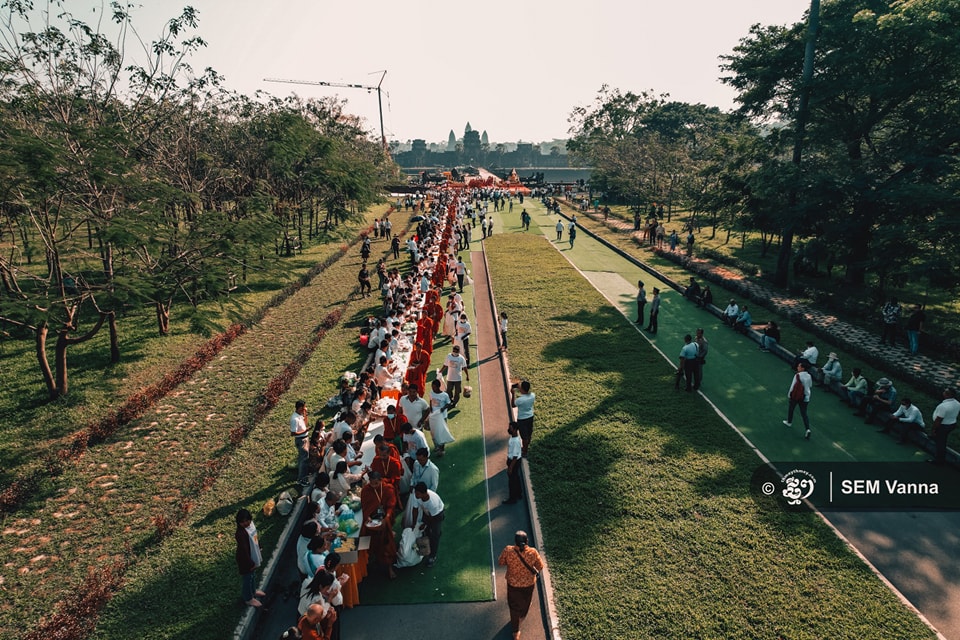
Ky Chamna contributed to this story.






